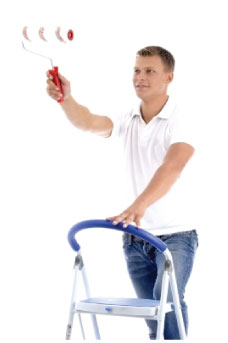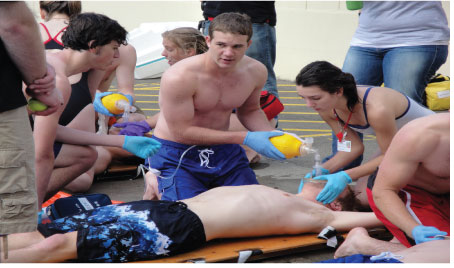Converting A Loft? Read Through These Safety Tips Before You Begin…
Converting a loft can substantially increase both the value and size of your home. But it’s important to adhere to all building regulations as you go through the process. Simply Loft Ladders offers advice on what you need to know.
A loft conversion is a home improvement that’s fairly easy to execute and also boost’s the equity of your property as well. In addition to following the guidelines of the building regulations, it may be necessary for you to get permission first in order to convert it, although this usually only pertains to listed buildings. Talk to your local city board whether you need permission to convert a loft. Building regulations are the least accepted standards with regard to design and construction regarding loft conversions. Here are the five primary categories they fall in:
1. Fire Safety
Naturally, fire safety is a crucial aspect relative to any converted loft. Therefore, the building regulations are as follows:
– The newly installed walls and floors must be able to resist fire for a minimum of 30 minutes. Also, any door panel that’s glazed should employ fire-resistant glass.
– All loft conversion plans must include a self-closing fire door.
– You must incorporate a plausible escape route in case of fire.
– Every room in the new loft must include a proper escape window which adequately meets the minimum requirements of 18in. x 18in.
– The new loft must have standard fire alarms properly installed throughout.
– The escape window must be easily accessed from the outside with a ladder.
2. Structural Stability
– You must install steel beams in your new loft in order to support the joists.
– If your new loft is intended to be used for anything other than simply storage, it’s required that you install new ceiling joists.
– If your new loft is going to be used as a standard living area, then it must be built to spec in order to support a great deal of weight. Therefore, the building regulations demand that the load-bearing walls and joists are strong enough to handle that level of weight.
3. Loft Staircases
The staircase in your loft is one of the most important features of your newly converted loft, so it’s important that it’s safe.
– Although there isn’t any standard width that your loft staircase must meet, ideally it should be wide enough to ensure everyone’s safe passageway should there be any kind of an emergency. As a result, the width should be a minimum of 2ft.
4. Loft Insulation
– The building regulations of every loft conversion states that it must by completely insulated, including each internal wall.
5. Loft Ventilation
– Newly converted lofts are required to incorporate background and rapid ventilation, which indicates they are required to have a window that equates to 1/20th in size of the entire floor area.
– The roof in the new loft must be properly ventilated in order to prevent condensation.
– The insulation and roof must have at least 2in. of air space in between them. This does not apply to older properties where there isn’t any roofing felt.
– If you intend to install a new bathroom, you must also install mechanical ventilation.
Follow these guidelines to ensure your new loft is safe as well as beautiful.
Submitted by Phillippa Carr, a freelance writer, who has published articles on property renovation, home design, and DIY, and currently represents chcbuild.co.uk.





